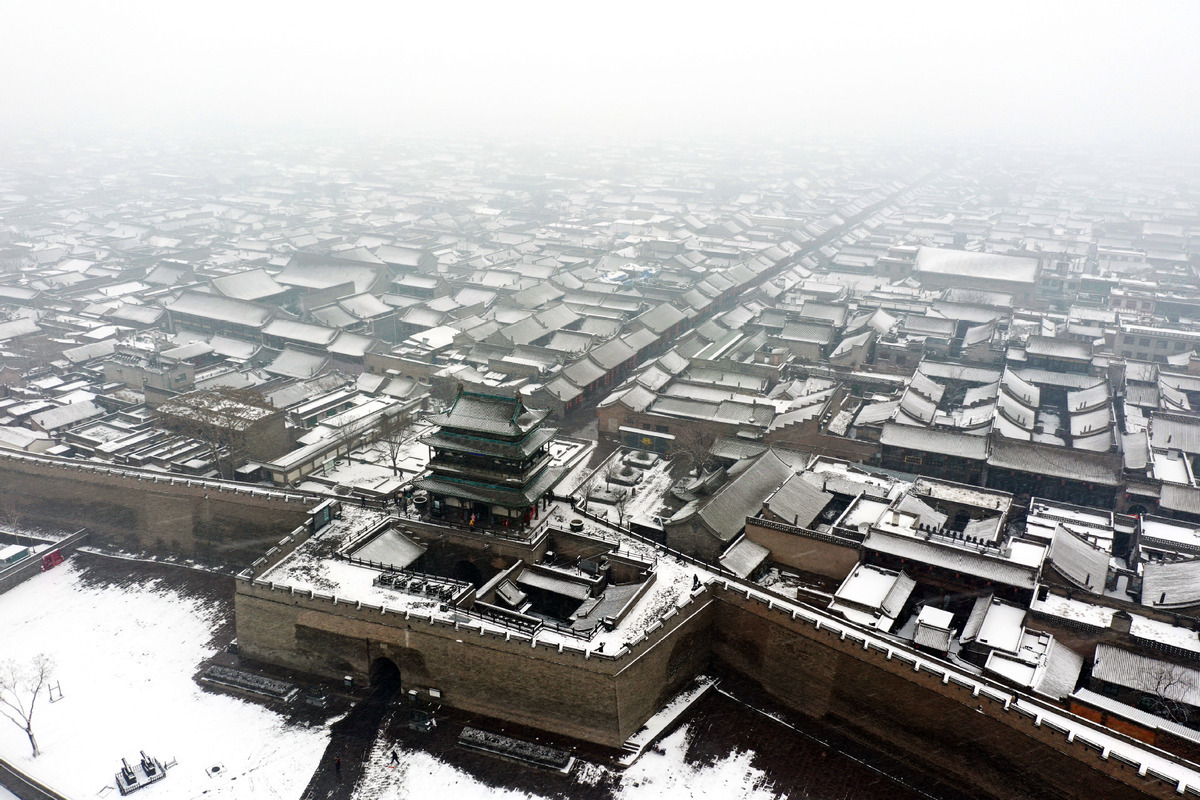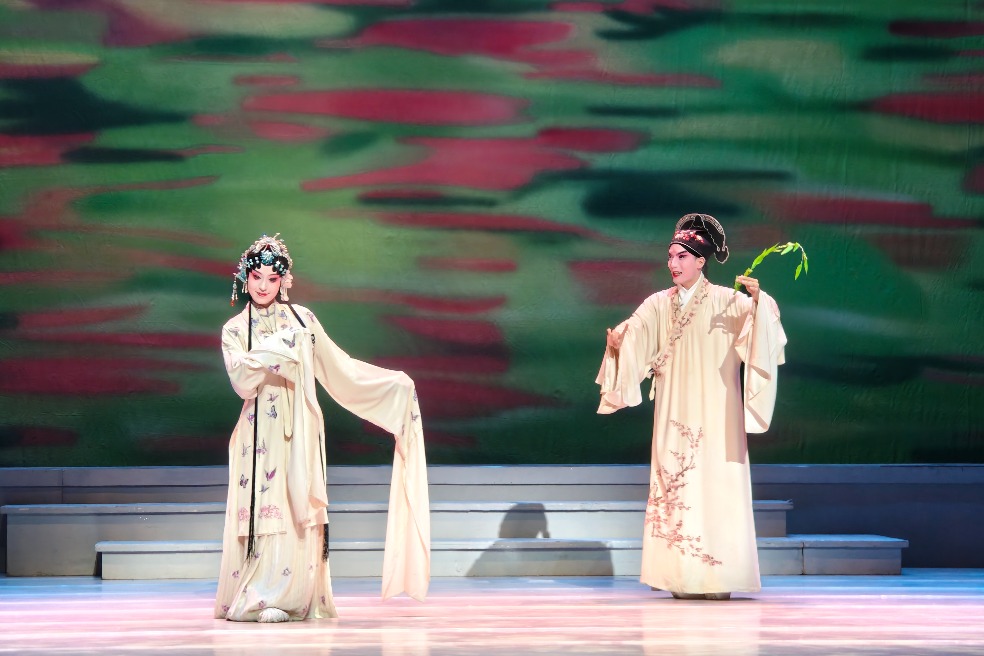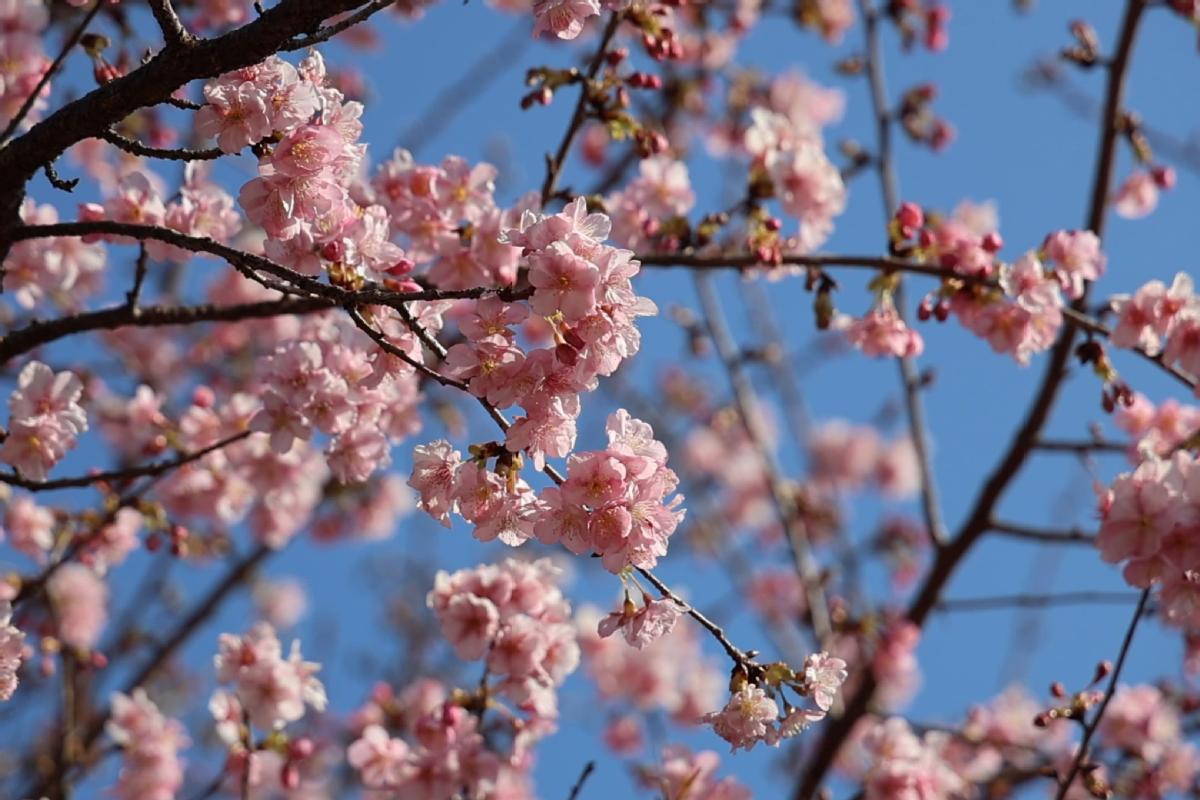Comprehensive conservation makes cultural heritage alive


TAIYUAN -- Fan Dongshan, a resident of the ancient town of Pingyao, North China's Shanxi province, swept his courtyard and hung red lanterns for his house to welcome the Spring Festival, or the Chinese New Year.
The old house, dating back to the Qing Dynasty (1644-1911), was bought by Fan's grandfather in 1930. Fan was later born and got married there.
With a history of over 2,800 years, Pingyao was named a world heritage site by UNESCO in 1997. It is best known for its almost intact Ming Dynasty (1368-1644) city walls and well-preserved architectures, and is a popular destination for both Chinese and overseas tourists.
President Xi Jinping, also general secretary of the Communist Party of China (CPC) Central Committee and chairman of the Central Military Commission, toured the ancient town on Thursday during his visit to Shanxi.
Xi called for more efforts to conserve the country's cultural heritage and protect "the valuable treasure left to us by our ancestors."
In Pingyao, nearly 3,800 traditional dwellings like Fan's scatter there, many of which have long been in bad repair.
The local government introduced measures to protect and repair the private dwellings in the ancient town, providing subsidies for residents whose houses were in need of repair in 2012.
"More than 1,000 dwellings have been repaired since the project was launched. Over 12 million yuan (about $1.9 million) of subsidies have been distributed to more than 900 households," said Hao Shizhong, an official of the natural resources bureau of Pingyao county.
Fan is among the beneficiaries. He said that it cost more than 260,000 yuan to renovate his house, of which 170,000 yuan was subsidized by the local government. In 2018, his house was labeled a "historical building."
"So many ancient towns vanished, but the Pingyao town is always alive. I'm so proud of the vitality of Pingyao," said Fan.
Apart from traditional dwellings, Pingyao is also home to more than 300 immovable cultural relics, including China's first draft bank, Rishengchang, which was set up in 1823.
Rishengchang has been preserved and turned into a museum now. "It is not only a monument to Chinese banking but also to the entrepreneurial spirit of Shanxi merchants," said Liu Shengbin, curator of the museum.
"The spirit of Shanxi merchants such as honesty, openness and innovation has been passed on," Liu added.
During his visit to the Rishengchang museum, Xi said that the fine traditional Chinese culture should be promoted more to contribute to economic and social development and people's quality life.
To better protect the historical sites, the ancient town launched a cultural heritage monitoring and early warning system platform earlier this month. Monitoring equipment has been installed to check cracks and tilts of ancient city walls, temples and other buildings.
Besides ancient architecture, the abundant well-preserved intangible cultural heritage items including famed Pingyao beef, vinegar, yellow rice wine and lacquerware, not only help extend the charm of the town but also attract gastronomes around the world.
"We should promote traditional cultural industries with distinctive Chinese features to the rest of the world," said Xi during the visit.
- Wuhan scientist honored for turning lab science into real-world farming solutions
- Citizen rewarded 200 yuan for turning over ancient sword to Hubei museum
- Sea of clouds creates picturesque scene in Yunnan
- Chinese-registered container vehicles begin shipping to Nepal for the first time
- ZEISS Vision factory in Guangzhou joins Global Lighthouse Network
- China warns of 'catastrophic disasters' from unchecked Japanese militarist ambitions



































